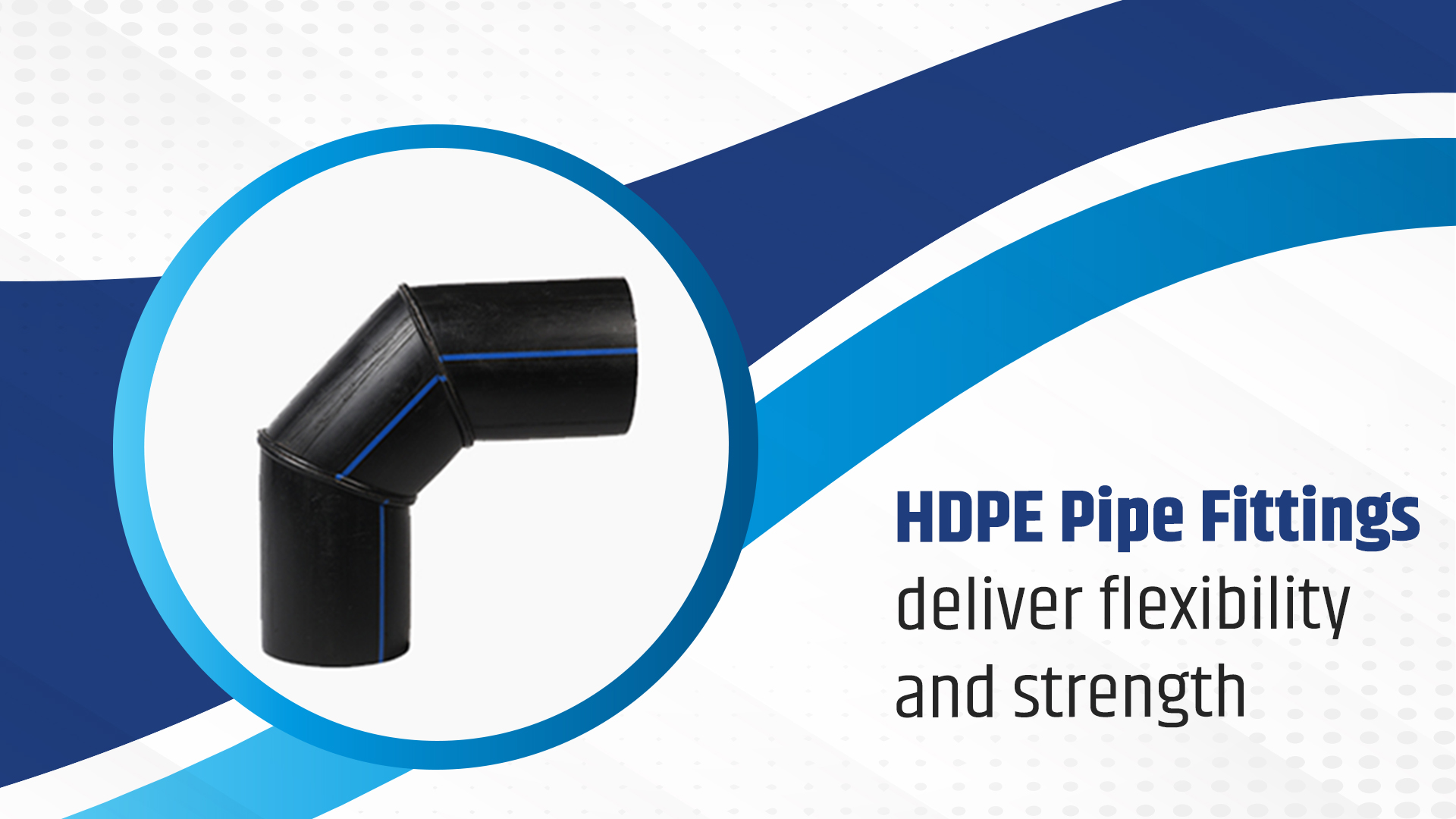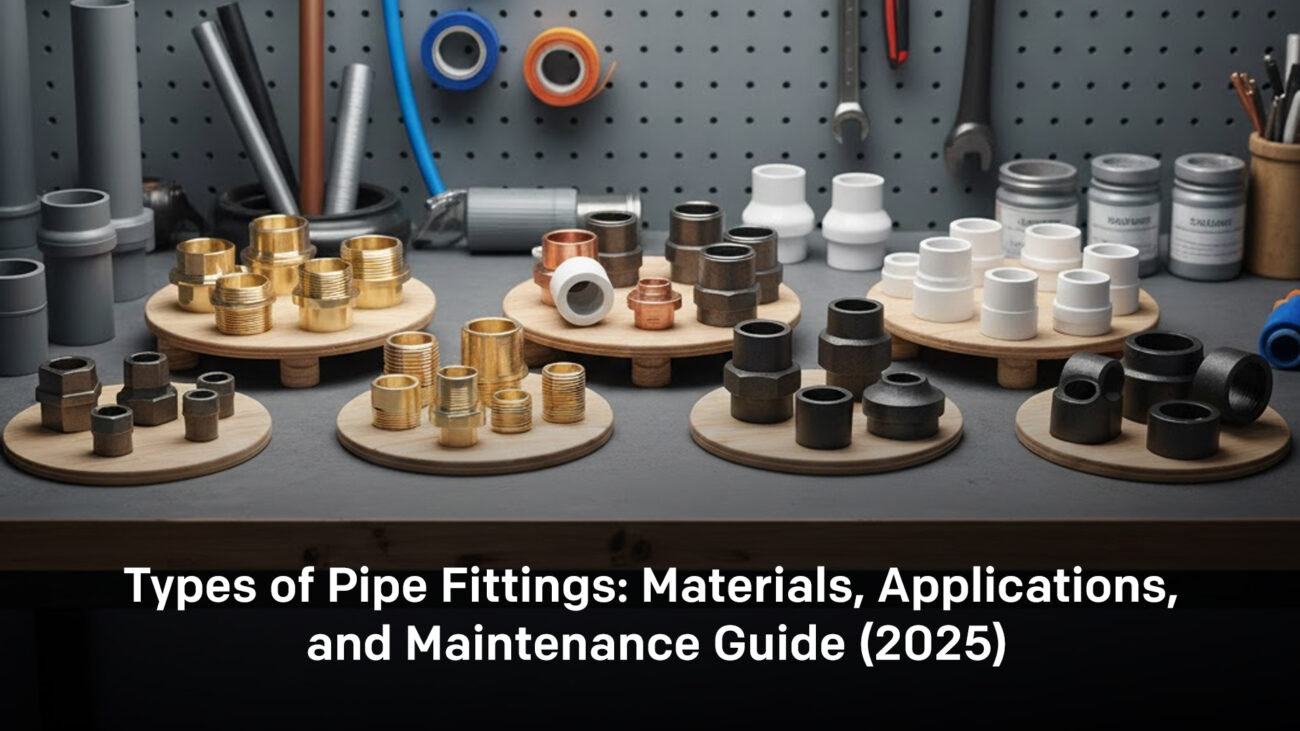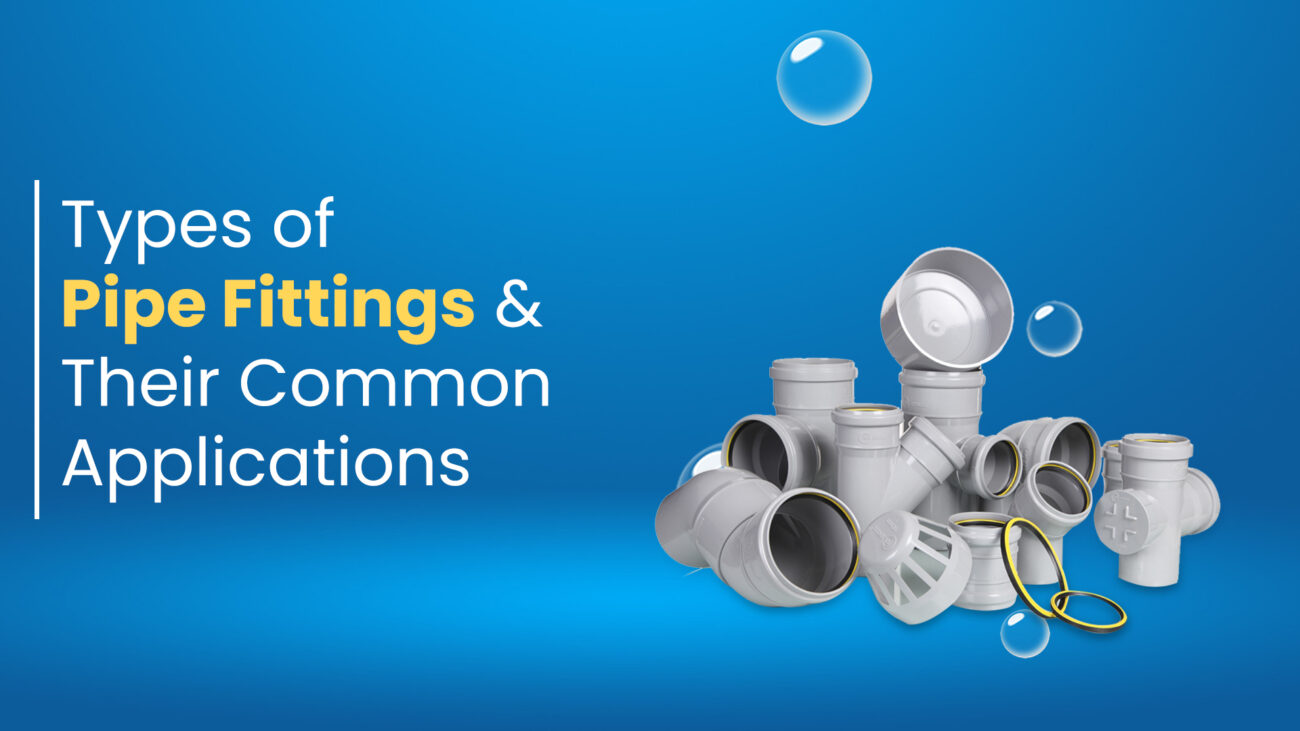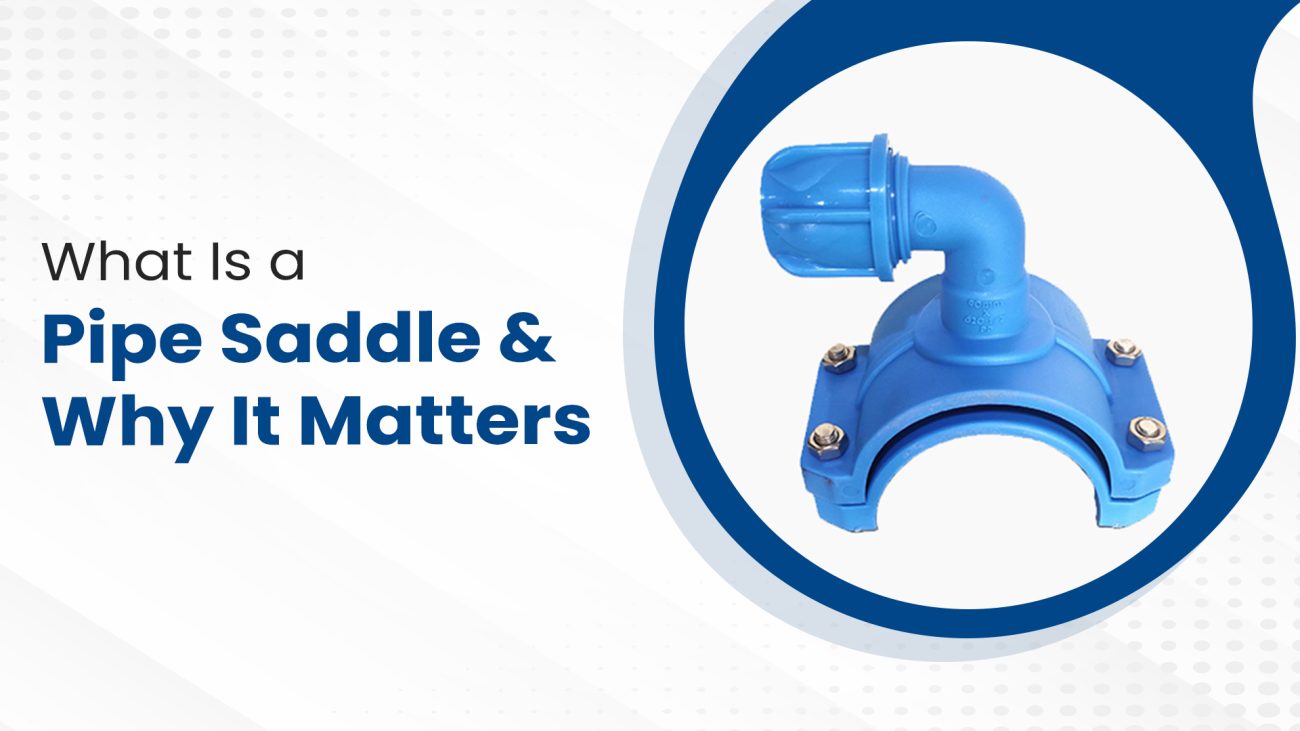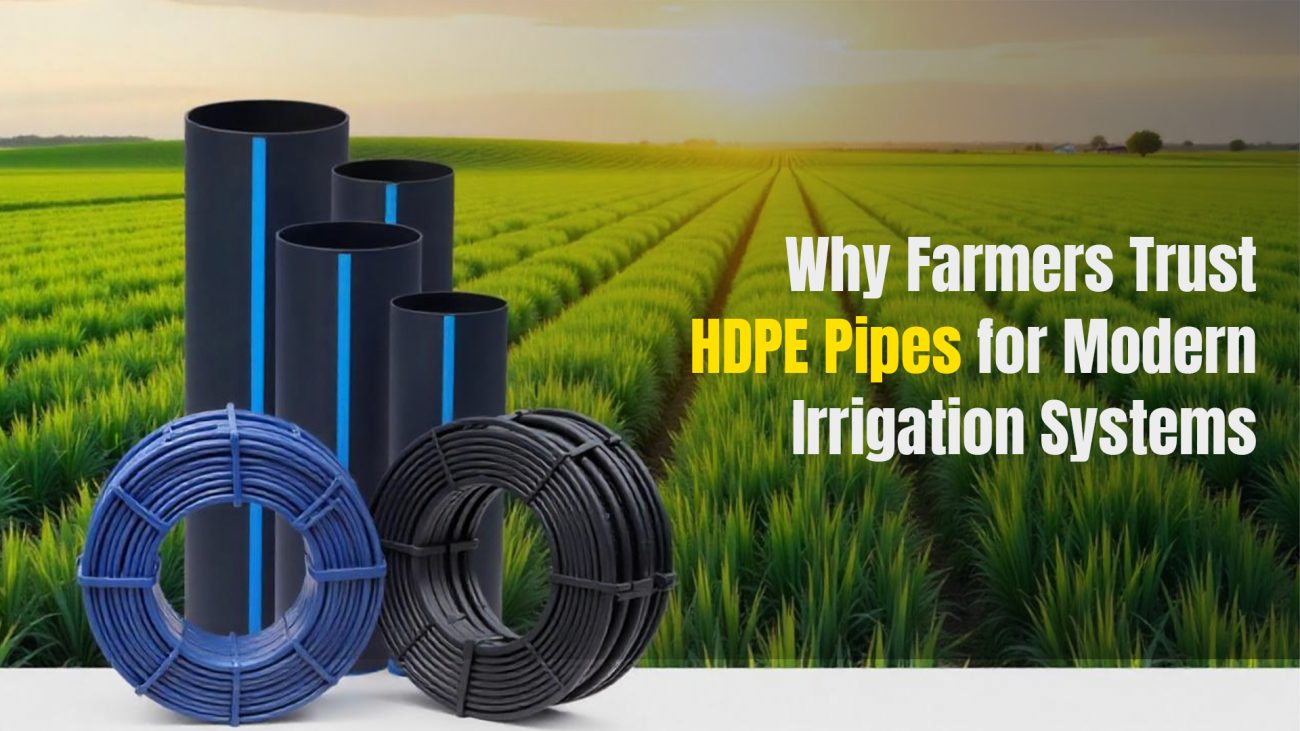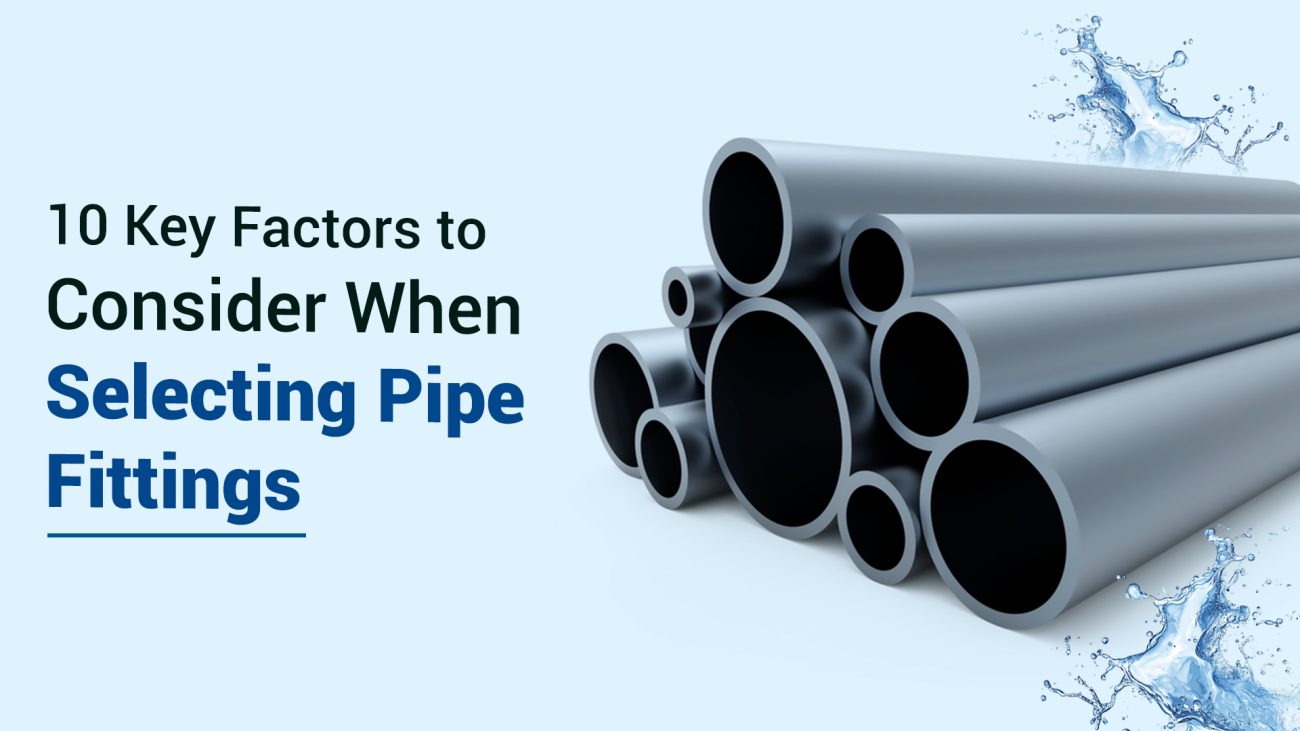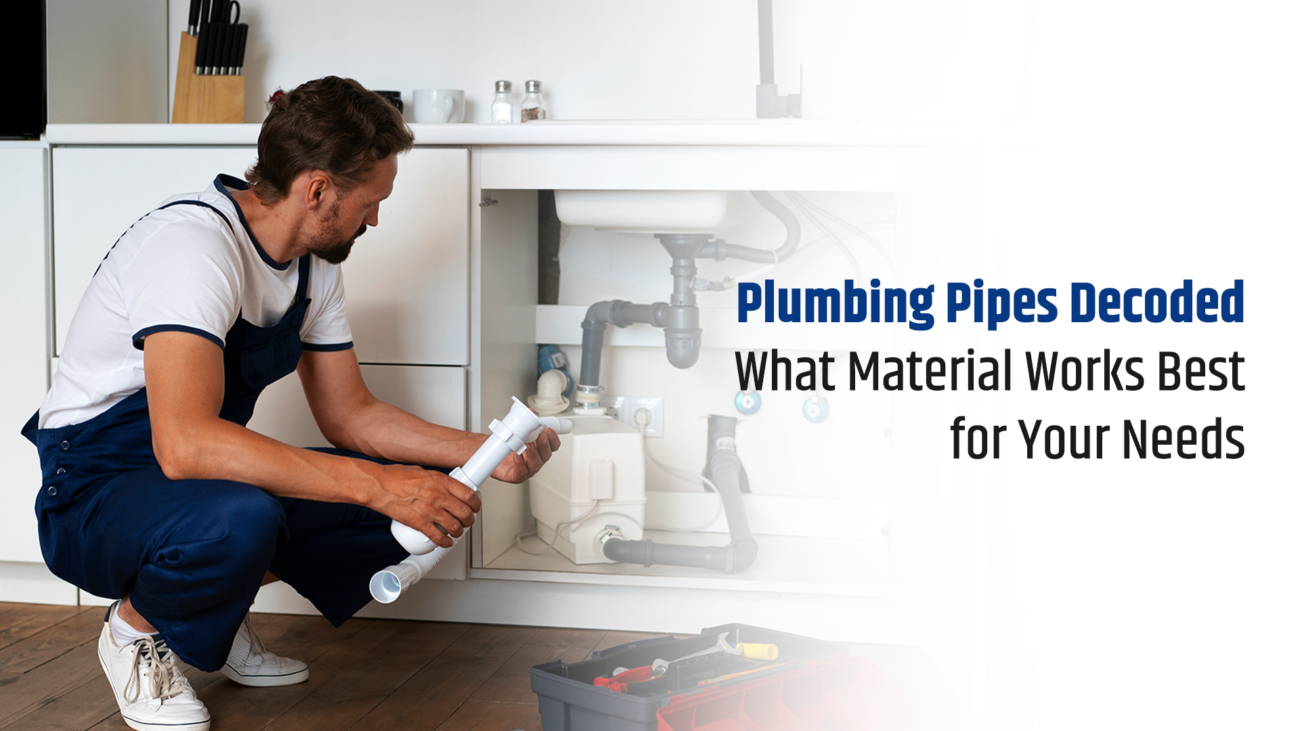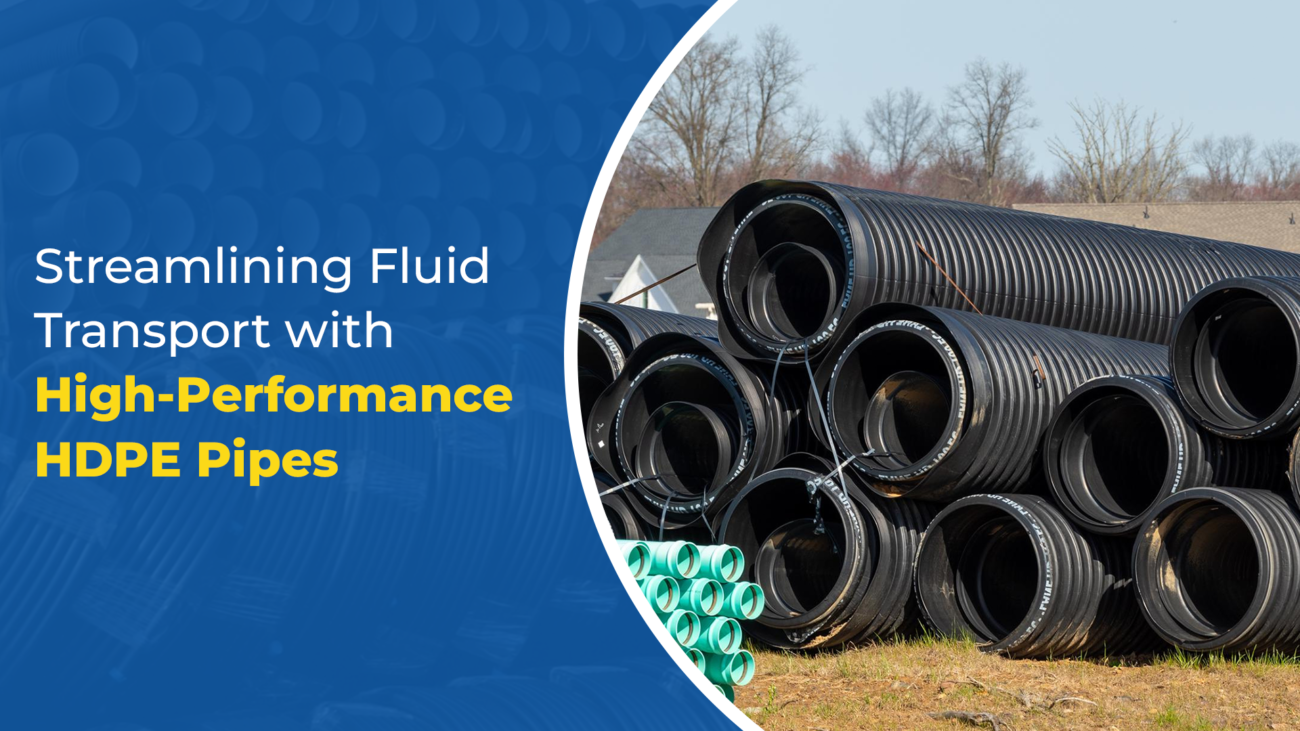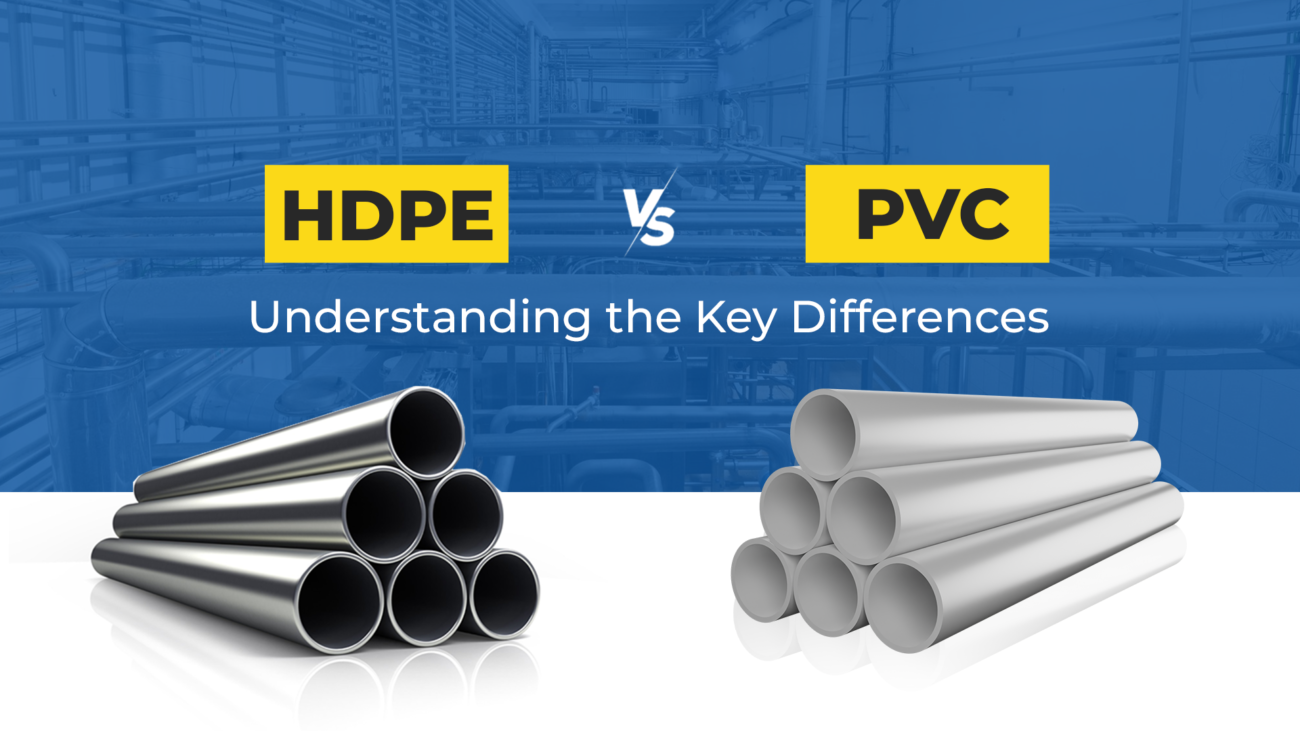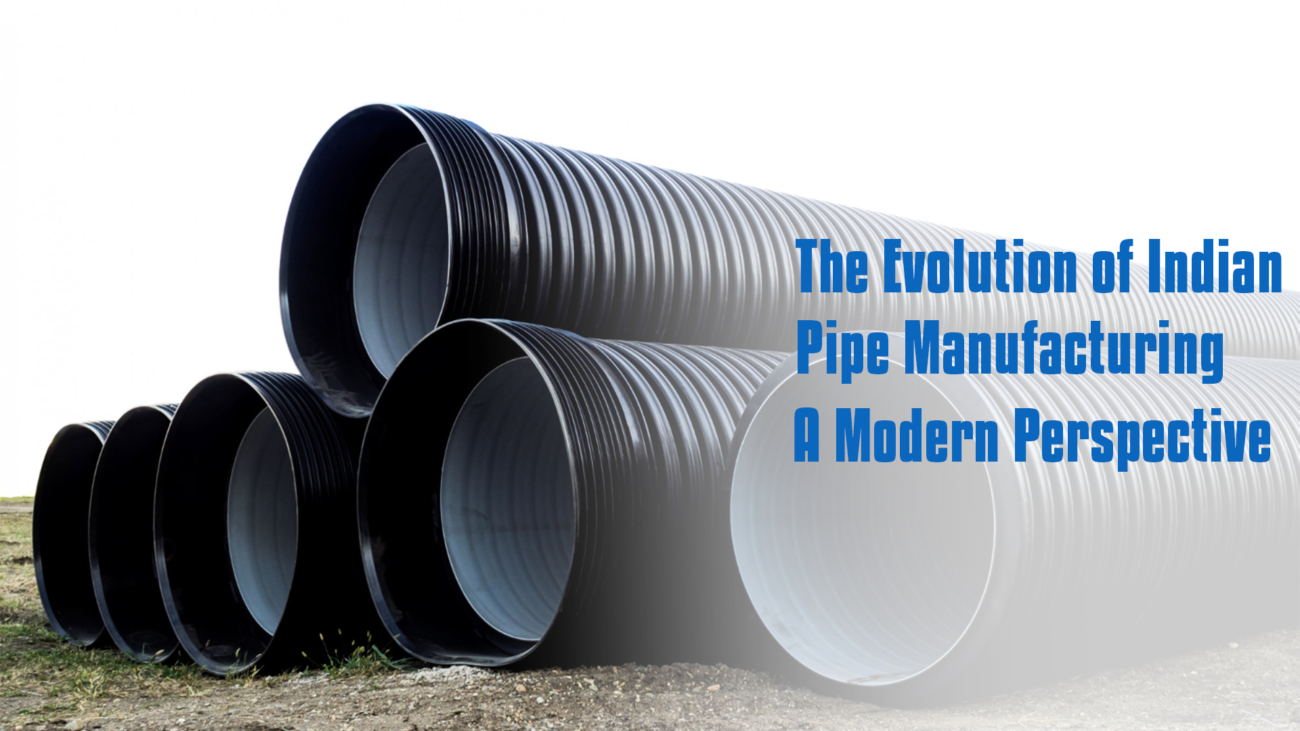Not all pipe materials are the same. Some crack under pressure. Others rust over time. Many can’t handle tough conditions. But HDPE pipe fittings are different – they are built to last while staying flexible.
These fittings are made of high-density polyethylene. They are excellent options for industrial, gas, and water supply applications. HDPE is ideal for uneven terrain and locations subject to ground shifts because, unlike stiff materials, it bends without breaking.
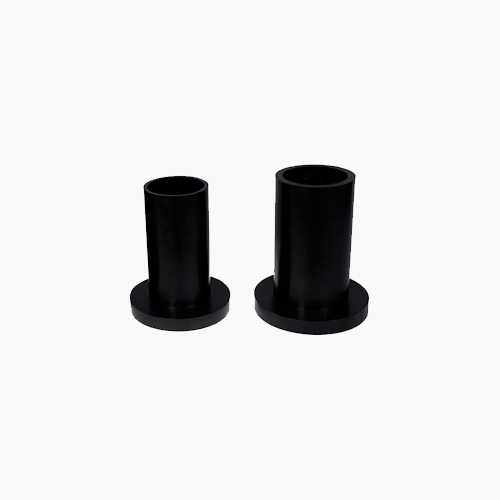
What Are HDPE Pipe Fittings?
HDPE pipe fittings can be compared to the joints in an enormous pipe Lego set. They maintain everything tightly sealed while joining portions, changing directions, or splitting flows. These fittings are strong and flexible. They are made of high-density polyethylene (HDPE). It helps them to withstand pressure without breaking or corroding.
How They Are Made and Why It Matters
- Material: HDPE is a type of plastic. It’s both strong and lightweight.
- Manufacturing: Pipe fittings manufacturers melt and mold HDPE into different shapes.
- Custom Options: HDPE fabricated fittings can be designed for unique projects.
HDPE fittings work everywhere—from water lines under your street to gas pipelines crossing rough terrain. They don’t rust. They are easy to install and last decades. That’s why engineers and plumbers keep choosing them over old-school metal or PVC options.
Flexibility of HDPE Pipe Fittings
Imagine that you can bend a drinking straw without it breaking. Imagine that same pliable softness. But in a material that is durable enough to withstand decades of use and intense pressure. HDPE pipe fittings give piping systems that kind of versatility.
Why Flexibility Matters
- Handles Movement: When the ground shifts (from earthquakes or settling), rigid pipes crack. HDPE bends instead.
- Easier Installation: Without the need for additional couplings, workers may bend pipes around obstructions. There are fewer possible leaks when there are fewer connections.
- Cold Weather Friendly: HDPE remains flexible under cold temperatures, in contrast to certain other polymers that break easily.
How Pipe Fittings Manufacturers Make It Work
- Material Science: HDPE can stretch a little under stress because of its molecular makeup.
- Design Options: HDPE-fabricated fittings can be customized for applications like bridges or seismic zones where movement is anticipated.
- Joining Techniques: Unlike stiff bonded or threaded connectors, HDPE electrofusion fittings preserve flexibility at connection locations.
This flexibility doesn’t come at the cost of strength – it’s why cities increasingly choose HDPE for infrastructure that needs to last. Next time you see road crews working on water lines, there’s a good chance those blue pipes bending into the trench are HDPE.
Strength and Durability of HDPE Pipe Fittings
You wouldn’t use a paper straw to drink a thick milkshake—it would collapse under pressure. HDPE pipe fittings are like the metal straw of the piping world: they don’t buckle when things get tough.
Built to Take a Beating
- Impact-resistant: Unlike brittle materials, HDPE won’t crack if something hits it during installation or use.
- Weather warrior: From freezing temperatures to hot deserts, HDPE performs without degrading.
How Pipe Fittings Manufacturers Achieve This
- Material density: High-density polyethylene has tightly packed molecules that resist penetration.
- Fusion strength: HDPE electrofusion fittings create joints as strong as the pipe itself—no weak spots.
- Custom engineering: For extreme conditions, HDPE fabricated fittings can be reinforced with additional layers.
Real-World Toughness
Consider a mining operation where abrasive slurry is transported by pipes. Despite the continuous sandblasting effect, HDPE fittings last for years whereas metal pipes degrade and PVC may break. HDPE keeps water flowing clean for decades, while old iron pipes rust shut. Municipal water systems also enjoy them.
Why HDPE Pipe Fittings Beat Traditional Materials
Let’s be honest: not every pipe is made equally. HDPE pipe fittings are rapidly taking the lead in contemporary projects, despite the fact that conventional materials like metal, concrete, and PVC have been used for decades. This is the reason they are winning the race.
Head-to-Head Comparison
- Weight: Compared to steel, HDPE can weigh up to eight times less. This facilitates installation and transportation.
- Installation: Unlike concrete pipes, which need cranes, no heavy equipment is needed.
- Corrosion: HDPE does not corrode, however metal rusts and deteriorates.
- Joints: Smooth connections are made with HDPE electrofusion fittings. Metal pipes, on the other hand, require threaded joints or dangerous welding.
Cost Savings That Add Up
Long-term value: May cost slightly more upfront than PVC, but lasts 2-3 times longer.
Maintenance: Virtually none compared to constant repairs needed for metal systems.
Labor: Installation is faster – crews can lay more pipe in less time.
Where HDPE Really Shines
- Water systems: No more “rust water” complaints like with iron pipes.
- Chemical plants: Handles harsh substances that would eat through metal.
- Earthquake zones: Flexible HDPE fabricated fittings bend instead of breaking during tremors.
The Environmental Edge
- Made from recyclable material
- Production uses less energy than metal pipes
- No toxic leaching into water supplies
Pipe fittings manufacturers are noticing – many are shifting production to meet the growing demand for HDPE solutions. From municipal projects to industrial applications, these fittings are proving that sometimes, newer really is better.
The Smart Choice for Modern Piping
HDPE pipe fittings are ideal for constructing dependable, long-lasting piping systems. They outlive conventional materials and withstand severe circumstances. They bend without breaking—all while maintaining affordable prices.
Why HDPE Wins
- Flexibility meets strength: Handles ground shifts and pressure without failing
- Low-maintenance design: No rust, no corrosion, no constant repairs
- Custom solutions: HDPE fabricated fittings adapt to any project’s needs
- Perfect seals: HDPE electrofusion fittings eliminate leak points
HDPE fittings provide a more efficient and long-lasting solution. Try them out, whether you are updating outdated infrastructure or constructing new systems. One thing is certain as technology develops: flexible, long-lasting, and HDPE-made piping is the way of the future.
FAQs
1.What are HDPE fittings used for?
HDPE fittings connect pipes in systems. They need durability and flexibility. Common uses include:
- Water supply lines
- Gas distribution networks
- Sewage and drainage systems
- Mining and slurry transport
- Irrigation systems
2.What are the specifications for HDPE fittings?
Key specs depend on the application. But most pipe fittings manufacturers follow these standards:
- Pressure rating
- SDR (Standard Dimension Ratio) – Determines wall thickness
- Material grade
- Size range
- Certifications
3.What is the use of HDPE?
High-Density Polyethylene, or HDPE, is a durable material used for fittings and pipes.
- It is best for water and chemicals because it doesn’t rust or corrode.
- It is pliable and won’t break when pressed or moved by the earth.
- It lasts for decades.
- It is lighter than concrete or metal, making it easier to move and install.
4.When to use HDPE pipe?
HDPE pipes are best when you need:
- Corrosion resistance
- Flexibility
- Long-term savings
- Leak-free joints



